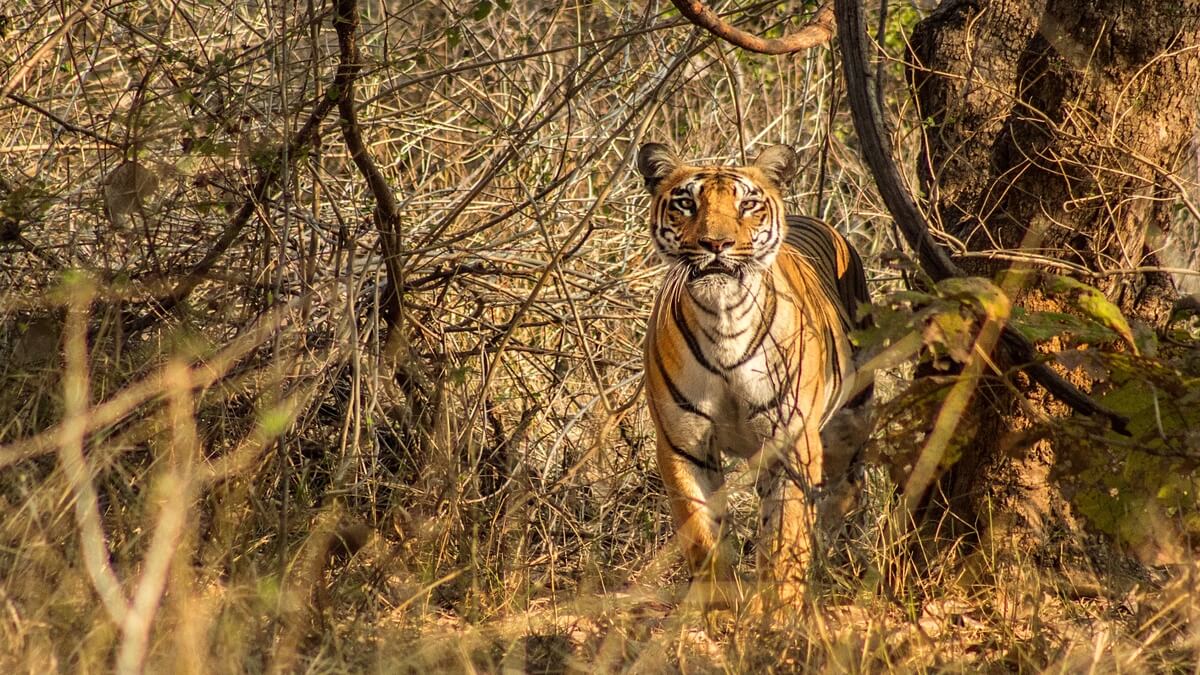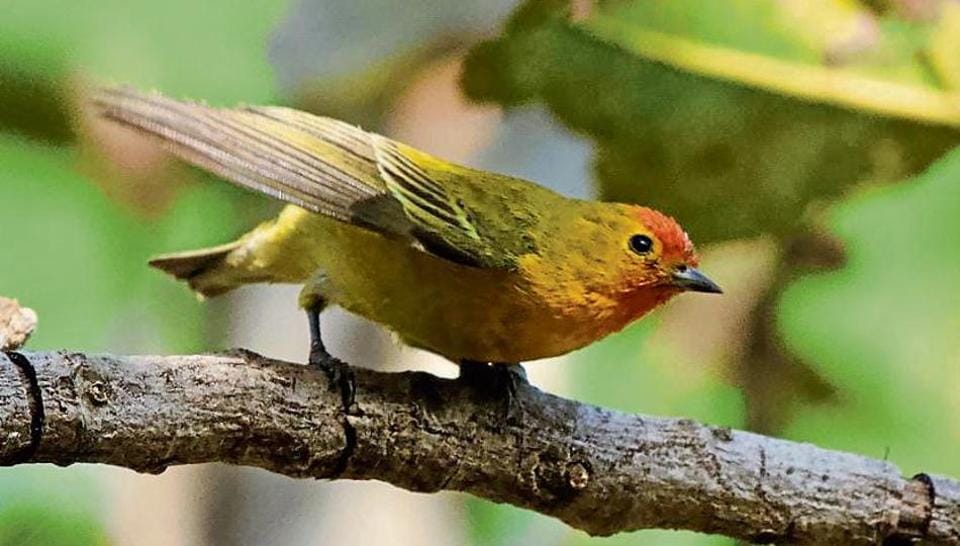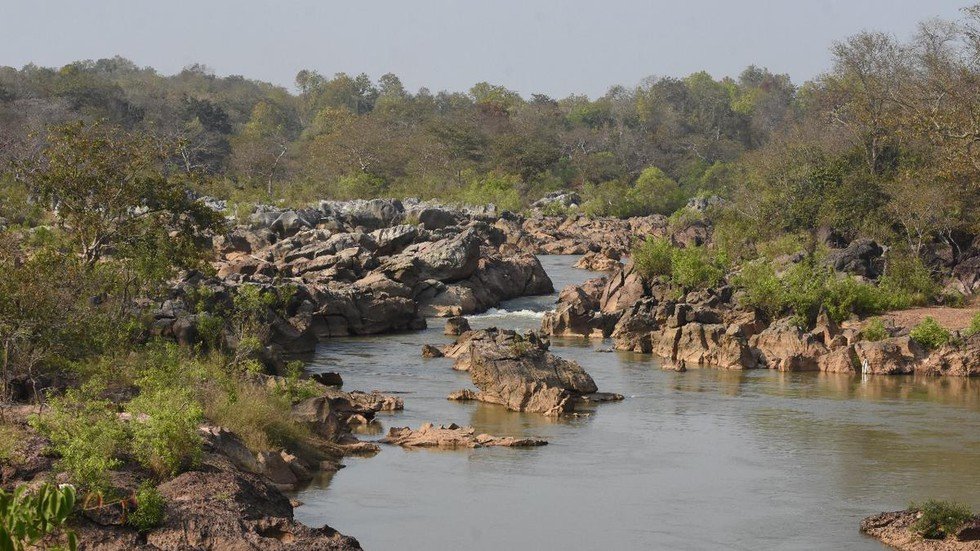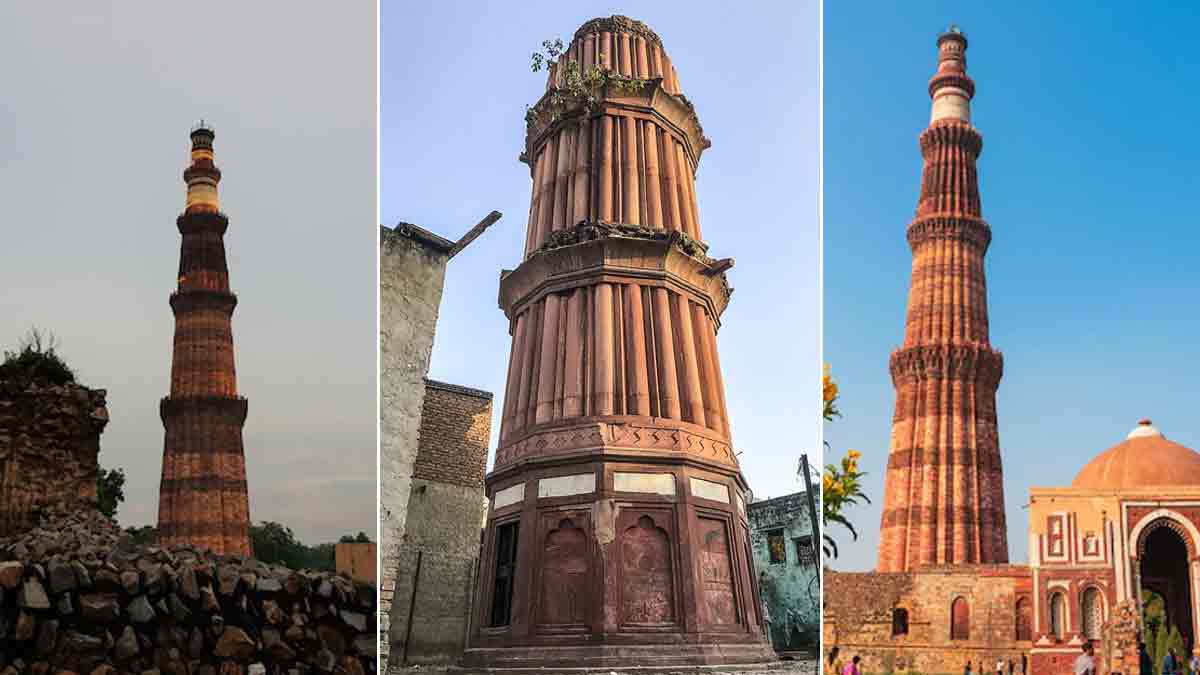Current Affairs – 13th Feb 2024
Insolvency and Bankruptcy Board of India (IBBI)
The Insolvency and Bankruptcy Board of India (IBBI) has now mandated that Resolution Professionals (RPs) provide a copy of its report to both creditors and debtors in all cases.

About the Insolvency and Bankruptcy Board of India (IBBI):
- The IBBI was established on October 1, 2016, in accordance with the provisions of the ‘Insolvency and Bankruptcy Code, 2016’.
- It is responsible for the implementation of the IBC. The IBC amends and consolidates the laws relating to the insolvency resolution of individuals, partnership firms, and corporate persons in a time-bound manner.
- The IBBI regulates professionals as well as processes.
- It has regulatory oversight over insolvency professional agencies, insolvency professional entities, insolvency professionals, and information utilities.
- It enforces rules for processes of corporate insolvency resolution, individual insolvency resolution, corporate liquidation, and individual bankruptcy under the IBC.
- It has also been designated as the ‘Authority’ under the Companies (Registered Valuers and Valuation Rules), 2017 for the regulation and development of the profession of valuers in the country.
- Constitution of the Board: The Board consists of the following members who are appointed by the Central Government:
- A Chairperson.
- Three members from among the officers of the Central Government equivalent or not below the rank of a Joint Secretary. Out of the three members, each will represent the Ministry of Finance, the Ministry of Corporate Affairs, and the Ministry of Law, ex-officio.
- One member nominated by the RBI (Reserve Bank of India), ex-officio.
- Five other members are nominated by the Central Government, out of which at least three should be whole-time members.
- The term of office of the Chairperson and members (other than ex-officio members) is five years or until they attain sixty-five years, whichever is earlier, and they are eligible for re-appointment.
Bor Tiger Reserve
The Bor Tiger Reserve (BTR) recently sought Rs 1 crore for various works to start wildlife safaris in the Bangdapur and Hingni forest ranges.

About Bor Tiger Reserve:
- It is a wildlife sanctuary which was declared a tiger reserve in July 2014.
- Location: It is located in the Wardha District of Maharashtra.
- It is the smallest tiger reserve in India by area.
- The reserve covers an area of 138.12 sq. km, which includes the drainage basin of the Bor Dam.
- It is centrally located among several other Bengal Tiger habitats.
- Towards the northeast lies the Pench Tiger Reserve, towards the east is Nagzira Navegaon Tiger Reserve, and to the southeast is Karhandla Wildlife Sanctuary.
- The Tadoba Andhari Tiger Reserve is located to the southeast, Melghat Tiger Reserve stands to the west; Satpura Tiger Reserve lies to the north-west.
- Vegetation: The area is populated by Dry Deciduous Forest type.
- Flora: Teak, tendu, bamboo, tarot, and gokhru are some of the abundant species.
- Fauna: Apart from tigers, the reserve is home to several other mammals like leopards, sloth bears, sambar deer, Indian bison (gaur), chital, wild boars, and more.
GROW Portal
Recently, the GROW report and portal was launched by a Member of NITI Aayog.

About GROW Portal:
- The “Greening and Restoration of Wasteland with Agroforestry (GROW)-Suitability Mapping” portal allows universal access to state and district-level data.
- It is hosted on the Bhuvan website.
- The GROW initiative aligns with national commitments, aiming to restore 26 million hectares of degraded land by 2030 and create an additional carbon sink of 2.5 to 3 billion tonnes of carbon dioxide equivalent.
- The initiative, led by NITI Aayog, involved a collaborative effort from multiple institutions and employed advanced technologies such as remote sensing and GIS to assess agroforestry suitability across all districts in India.
- Utilising thematic datasets, the project resulted in the creation of an Agroforestry Suitability Index (ASI). This index enables national-level prioritisation for greening and restoration projects.
- This project on prioritisation of wasteland areas suitable for greening is based on the analysis of five remote sensing derived thematic layers land use, wasteland, slope, water proximity and soil organic content.
- These parameters were selected as a result of expert consultations and considered to be the most critical layers in identifying areas that are amenable to interventions with agroforestry. Highest weightage was given to wastelands.
- The developed system provides information on areas suitable for agroforestry across India.
- The areas available in the system are classified as highly suitable, moderately suitable, and less suitable for agroforestry.
- The key features of the system:
- Generates district-level information on wasteland areas suitable for agroforestry
- Generates area prioritisation regime i.e. highly suitable area, moderate and less suitable for agroforestry
- Generates live maps
- Generates area analysis-statistic report
- Offer an interactive mode/tool that provides flexibility in handling the weights as per local conditions/need
Great Backyard Bird Count (GBBC)
In a remarkable display of citizen science and enthusiasm for birdwatching, India emerged as a key participant in the annual Great Backyard Bird Count (GBBC).

About Great Backyard Bird Count (GBBC):
- It is an annual, four-day event that engages bird enthusiasts of all ages around the world in counting birds to create a real-time snapshot of where the birds are.
- It was launched in 1998 by the Cornell Lab of Ornithology and the National Audubon Society.
- It was established to help researchers learn more about how birds are doing and how to protect them and the environment.
- How is it done? Participants count birds for as little as 15 minutes (or as long as they wish) on one or more days of the four-day event and report their sightings online.
- Who can participate? Anyone can take part in the Great Backyard Bird Count, from beginner bird watchers to experts. One can participate from his/her backyard, or anywhere in the world.
- Significance: Each checklist submitted during the GBBC helps researchers at the Cornell Lab of Ornithology and the National Audubon Society learn more about how birds are distributed across the country and how they are affected by changes in habitat and weather.
- India and GBBC:
- Indian birders have participated in the GBBC since 2013.
- In India, GBBC is coordinated by the Bird Count India (BCI) collective, a coming-together of a number of groups and organisations that are interested in birds, nature, and conservation.
Retail Inflation
India’s retail inflation eased to a three-month low of 5.1% recently.

About Retail Inflation:
- Retail inflation, also known as Consumer Price Index (CPI)inflation, tracks the change in retail prices of goods and services which households purchase for their daily consumption.
- CPI is calculated for a fixed basket of goods and services that may or may not be altered by the government from time to time.
- The change in the price index over a period of time is referred to as CPI-based inflation or retail inflation.
- What Does the CPI tell? Following are a few things that the CPI index interprets:
- Cost of living
- The purchasing power of consumers
- The expensiveness of different articles that consumers buy and services that are availed
- Value of the Indian rupee
- How is CPI calculated?
- CPI is calculated as a percentage. It is a comparison of the general price level in the markets in a particular time period from a time frame in the past. This is known as the base year.
- CPI, therefore, is calculated by referring to a base year, which is a benchmark. Currently, the base year is 2012.
- The National Statistical Office (NSO), Ministry of Statistics and Programme Implementation (MoSPI) compiles All India as well as state-wise CPI for Rural, Urban, and Combined sectors and releases the CPI numbers every month.
- How is the Consumer Price Index (CPI) Used?
- It is used as a macroeconomic indicator of inflation, as a tool by the central bank and government for inflation targeting and for inspecting price stability, and as a deflator in the national accounts.
- CPI also helps understand the real value of salaries, wages, and pensions, the purchasing power of the nation’s currency, and regulating rates.
Fire Capped Tit
Recently, Birders have spotted the trail of species flying back home including the fire-capped tit in the Aravalli hill region suggesting reverse migration as the season changes from winter to summer

About Fire Capped Tit:
- It is a small bird species assigned to the family Paridae.
- Migration pattern: It is a Himalayan bird which flies down south towards Western Ghats and Kerala around Sept, and is back around Feb-end and March.
- Habitat: Inhabits forest feeding on invertebrates, nectar and pollen, usually high in the canopy but will descend to low growth.
- It is found in montane broadleaf forests at middle to high elevations, sometimes mixed in with other species.
- These birds breed in the Himalayas during summer and have a melodious song.
- Distribution:
- A local breeding summer visitor to northern mountains from Pakistan east to Arunachal Pradesh.
- Winters in foothills and rarely in plains south to Maharashtra and Madhya Pradesh.
- Conservation status
- IUCN: Least Concern
Why early reverse migration?
- The winters were not very harsh in central India. So, the bird could have started moving early.
Bond Yield
As inflation continues to moderate, bond yields will also soften and borrowing costs will come down, the Reserve Bank of India Governor said recently.

What is a Bond?
- A bond is a fixed-income instrument that represents a loan made by an investor to a borrower (typically corporate or governmental) for a set period of time in return for regular interest payments.
- The time from when the bond is issuedtowhenthe borrower has agreed to pay the loan backiscalled its ‘term to maturity’.
- The bond issuer uses the money raised from bonds to undertake various activities, such as funding expansion projects, refinancing existing debt, undertaking welfare activities, etc.
What is Bond Yield?
- It is the return an investor expects to receive each year over its term to maturity.
- It partially depends on coupon payments, which refer to the periodic interest income obtained as a reward for holding bonds.
- The bondholders receive the bond’s face value at the end of the bond’s life. However, one may buy bonds at par value, discount (at a price lower than par value), or premium(at a price higher than par value) as they trade in the secondary market.
- Therefore, the prevailing market price of bonds also affects the bond yield.
- It is calculated by using the following formula:
- Bond Yield= Coupon Amount/ Price
- Bond Yield vs. Price:
- Price and yield are inversely related.
- As the price of a bond goes up, its yield goes down, and as yield goes up, the price of the bond goes down.
- Example: Suppose interest rates fall.New bonds that are issued will now offer lower interest payments. This makes existing bonds that were issued before the fall in interest rates more valuable to investors because they offer higher interest payments compared to new bonds. As a result, the price of existing bonds will increase.
- However, if a bond’s price increases, it is now more expensive for a potential new investor to buy. The bond’s yield will then fall because the return an investor expects from purchasing this bond is now lower.
Biodiversity Heritage Site
Recently, the Odisha government declared the Gupteswar forest in Koraput district as its fourth Biodiversity Heritage Site (BHS).

About Biodiversity Heritage Site:
- These are areas that are unique, ecologically fragile ecosystems having rich biodiversity comprising of any one or more of the components such as;
- species richness, high endemism, presence of rare, endemic and threatened species, keystone species, species of evolutionary significance, wild ancestors of domestic/cultivated species or landraces or their varieties, past pre-eminence of biological components represented by fossil beds and having cultural or aesthetic values.
Who can declare BHS?
- Under the Biological Diversity Act, the State Governments areempowered to notify in the official gazette, in consultation with ‘local bodies’, areas of biodiversity importance as Biodiversity Heritage Sites.
- Also, the State Government in consultation with the Central Government may frame rules for the management and conservation of BHS.
- The State Governments are empowered to frame schemes for compensating or rehabilitating any person or section of people economically affected by such notification.
- Importance of Biological Diversity Heritage Sites: Biodiversity is closely linked to ecological security.
- Loss of biodiversity and bioresources show an increasing trend mainly due to human activities. Therefore, it is necessary to instil and nurture conservation ethics in the community.
Brumation
Researchers have observed instances of brumation in various reptilian species across habitats.

About Brumation:
- It is the name to describe a period of dormancy or slowed activity in reptiles, much like hibernation in mammals.
- It typically occurs during colder months, when temperatures drop and food becomes scarce.
- During brumation, reptiles may retreat to underground burrows, rock crevices or other sheltered areas where temperatures are relatively more stable.
- Their metabolism slows significantly, allowing them to go weeks or even months without eating.
- This period of reduced activity allows reptiles to conserve energy and minimise their resource requirements.
- Such species include box turtles and painted turtles, which burrow into the mud at the bottom of ponds or lakes. Snakes may seek refuge in underground dens or caves while lizards may hide under rocks or within vegetation.
- Why brumation?
- Reptiles enter a state of brumation to conserve energy and survive these adverse environmental conditions.
- Brumation is crucial for reptiles to survive cold climates and endure challenging environmental conditions until they can reemerge to feed and reproduce in more favourable climates.
Hastsal Minar
In an era where heritage preservation is paramount, efforts are being made to unravel the mysteries surrounding the Hastsal Minar.

About Hastsal Minar:
- Location: It is located in a small village in western Delhi.
- Its construction was finished in 1634 during the reign of Mughal emperor Shah Jahan.
- It is also known as Mini Qutab Minar.
- Among the locals, it is also known as Hastsal Ki Laat and Kaushal Minar.
- Architecture
- It was constructed using lakhori bricks and clad with red sandstone.
- The minar is 17 metres (five storeys) tall, standing on a square platform and with an octagonal body.
- A staircase inside the five-storey tower led to the domed Chhatri pavilion at the top.
- It has three storeys, each with a reducing diameter, and is accessible through a narrow staircase
- Shah Jahan utilised Hastsal as one of his hunting lodges during the 17th century.
- Present condition:
- In 2018, the minaret was deemed as Grade A in heritage value and was given permission to be conserved under Phase IV of the Delhi government’s project to protect lesser-known monuments in the capital.
|
Other Important News Eratosthenes |
Israeli scientists find new underwater canyon near Cyprus.
|
|
Mankur Mango (or) Malcorado |
Goa’s most popular mangoes going for Rs 5,000 a dozen.
|
|
Cuscuta Dodder |
Parasitic creeper preys on Chengalpet forests, Vedanthangal Bird Sanctuary.
|
|
Nalgonda Lamppost |
Telugu-Tamil Inscription on 17th Century Lamppost Unearths Trade Links.
|
|
List of countries that use UPI |
Government releases list of countries where UPI Payments are accepted.
|
|
Gupteswar Forest |
Gupteswar forest in Odisha declared as Bio-Diversity Heritage site (BHS).
|
|
Golden IT Corridor |
Railway line to connect Nilambur in Kerala to Nanjangudi in Karnataka on Golden IT Corridor.
|
|
White Paper |
The government has come out with a white paper on the Indian economy.
|
|
Obelisks |
A new virus-like entity has just been discovered.
|
| Performance Assessment, Review, and Analysis of Knowledge for Holistic Development (PARAKH) |
Department of School Education & Literacy, chaired a review meeting on PARAKH.
|




